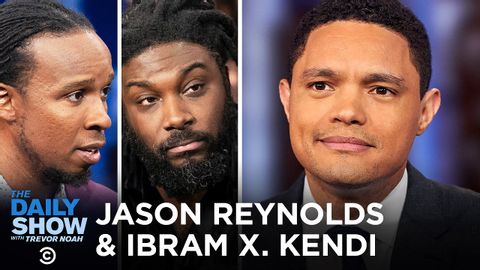
字幕與單字
Jason Reynolds & Ibram X. Kendi - "Stamped" and the Story of Racism in the U.S.|The Daily Show (每日秀) (Jason Reynolds & Ibram X. Kendi - “Stamped” and the Story of Racism in the U.S. | The Daily Show)
00
林宜悉 發佈於 2021 年 01 月 14 日收藏
影片單字
使用能量
解鎖所有單字
解鎖發音、解釋及篩選功能
